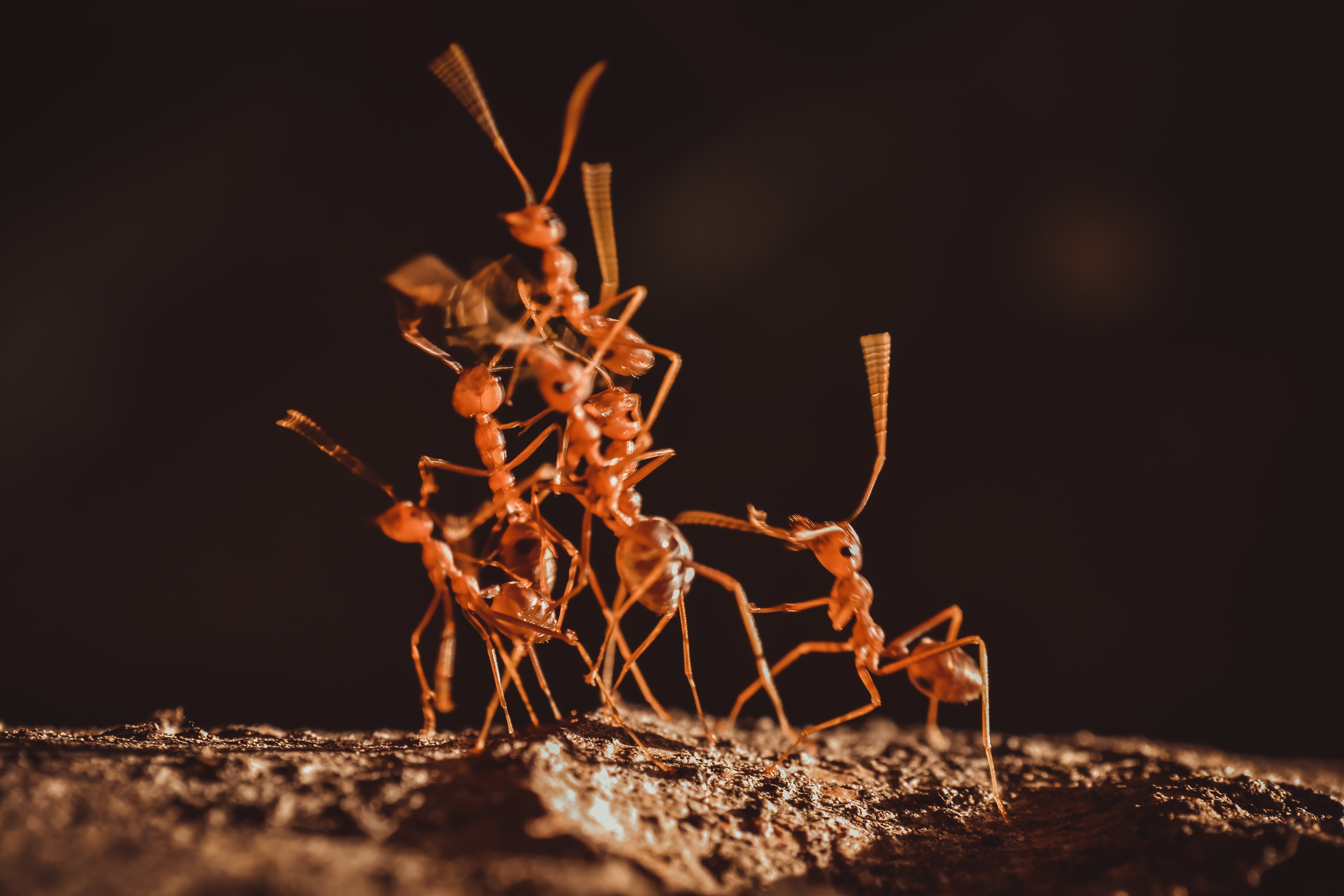10 Animal Myths You Always Believed And What's Actually True
Wildlife has always fascinated humans, leading to a plethora of myths and tales that have been passed down through generations. These stories, often rooted in ancient folklore and cultural narratives, have shaped our understanding of the animal kingdom. However, as science advances, many of these tales are being debunked, revealing a reality that is often more fascinating than fiction. This article delves into twelve widely held beliefs about wildlife that are more myth than truth. By exploring each tale, we aim to separate fact from fiction, providing a clearer understanding of the natural world and its inhabitants.
1. The Myth of the Lemming Suicide
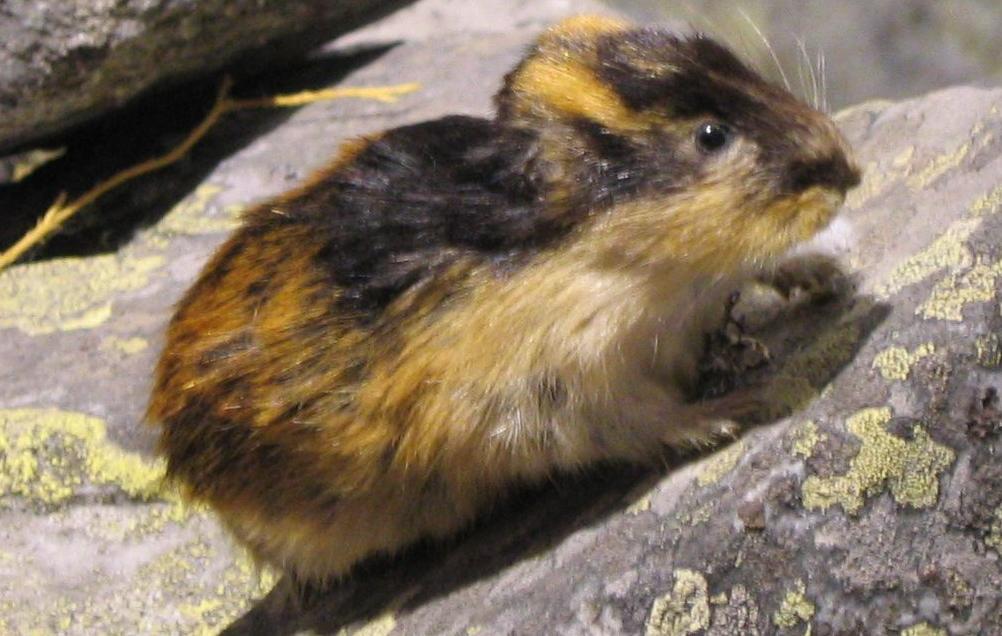
Perhaps one of the most enduring wildlife myths is that of the lemming suicide. Popularized by documentaries and cartoons, the story goes that lemmings, small rodents found in the Arctic, engage in mass suicides by jumping off cliffs. This myth likely originated from their population dynamics, where lemming numbers fluctuate dramatically, leading to mass migrations. During these migrations, some lemmings may accidentally fall off cliffs or drown, but this is far from intentional suicide. Scientific studies have shown that these behaviors are survival-driven, not self-destructive, and are part of the natural ebb and flow of their populations.
2. The Fierce Reputation of the Piranha
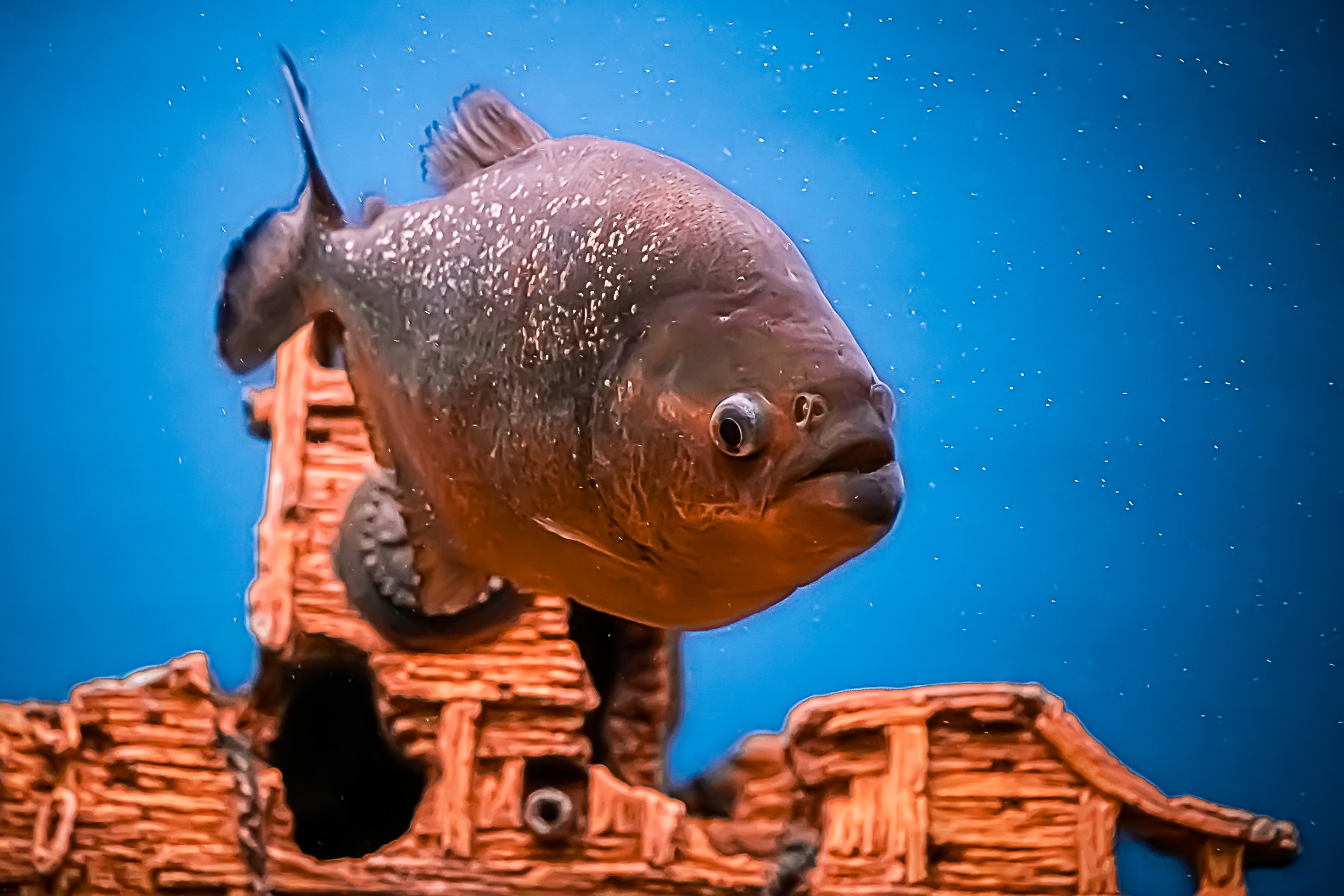
Piranhas have been portrayed as ferocious man-eaters capable of stripping a cow to the bone in mere minutes. This image, perpetuated by films and sensationalist media, is largely exaggerated. While piranhas do have sharp teeth and can be aggressive, they are primarily scavengers and opportunistic feeders. In their natural habitat, they play a crucial role in maintaining the ecosystem by consuming dead and dying fish. Human attacks are extremely rare and usually occur when the fish feel threatened or are protecting their young. Understanding the piranha's true nature helps dispel the myth of their supposed savagery.
3. The Wisdom of the Owl
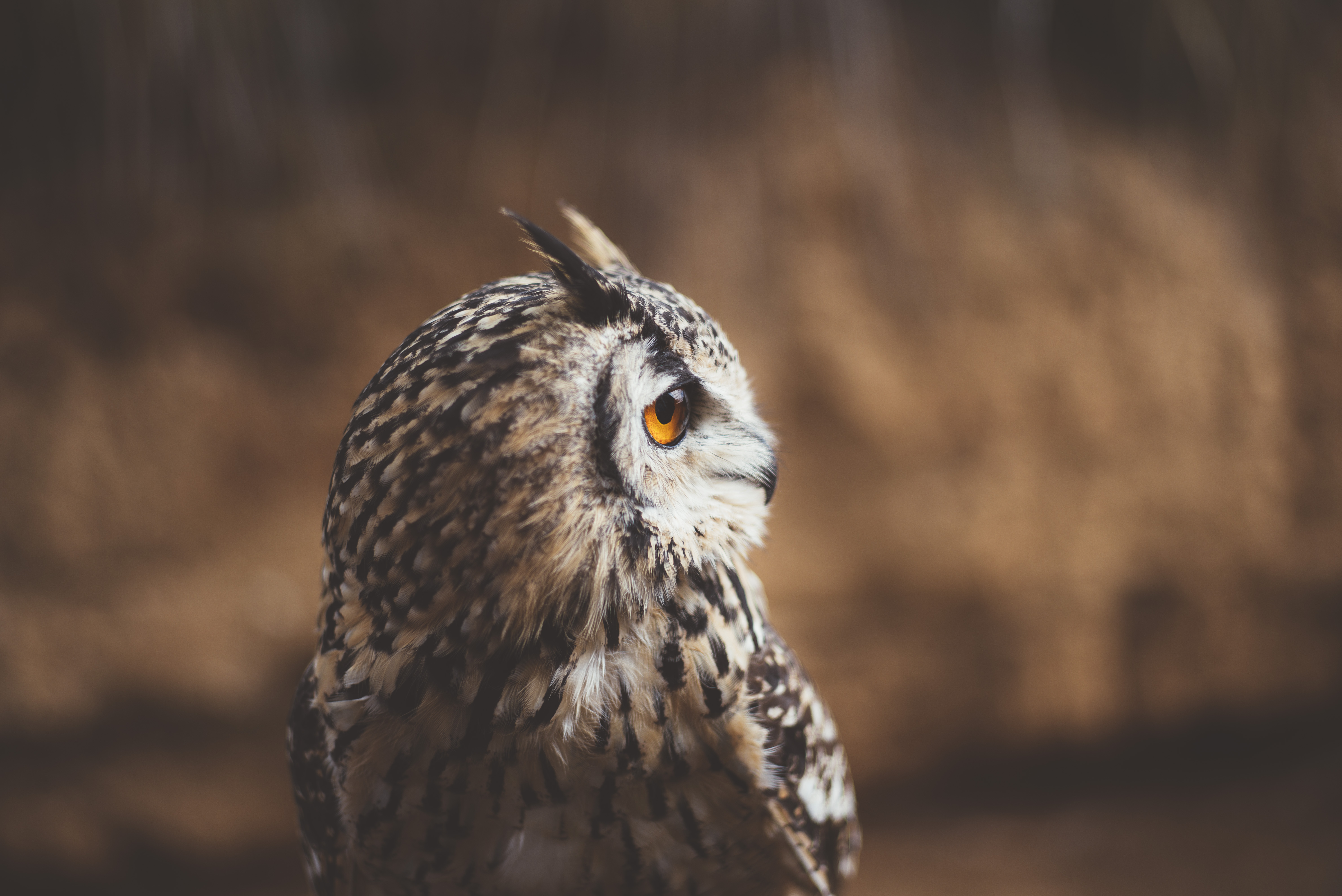
Owls have long been associated with wisdom, a notion rooted in ancient mythology and symbolism. The Greek goddess Athena, the deity of wisdom, was often depicted with an owl, cementing the bird's reputation as a wise creature. However, in reality, owls are no more intelligent than other birds. Their large eyes and nocturnal habits have contributed to their mystical image, but their cognitive abilities are comparable to those of other avian species. While owls are skilled hunters with excellent night vision, the idea of their superior wisdom is more a product of cultural symbolism than scientific fact.
4. The Ruthless Predator - Sharks
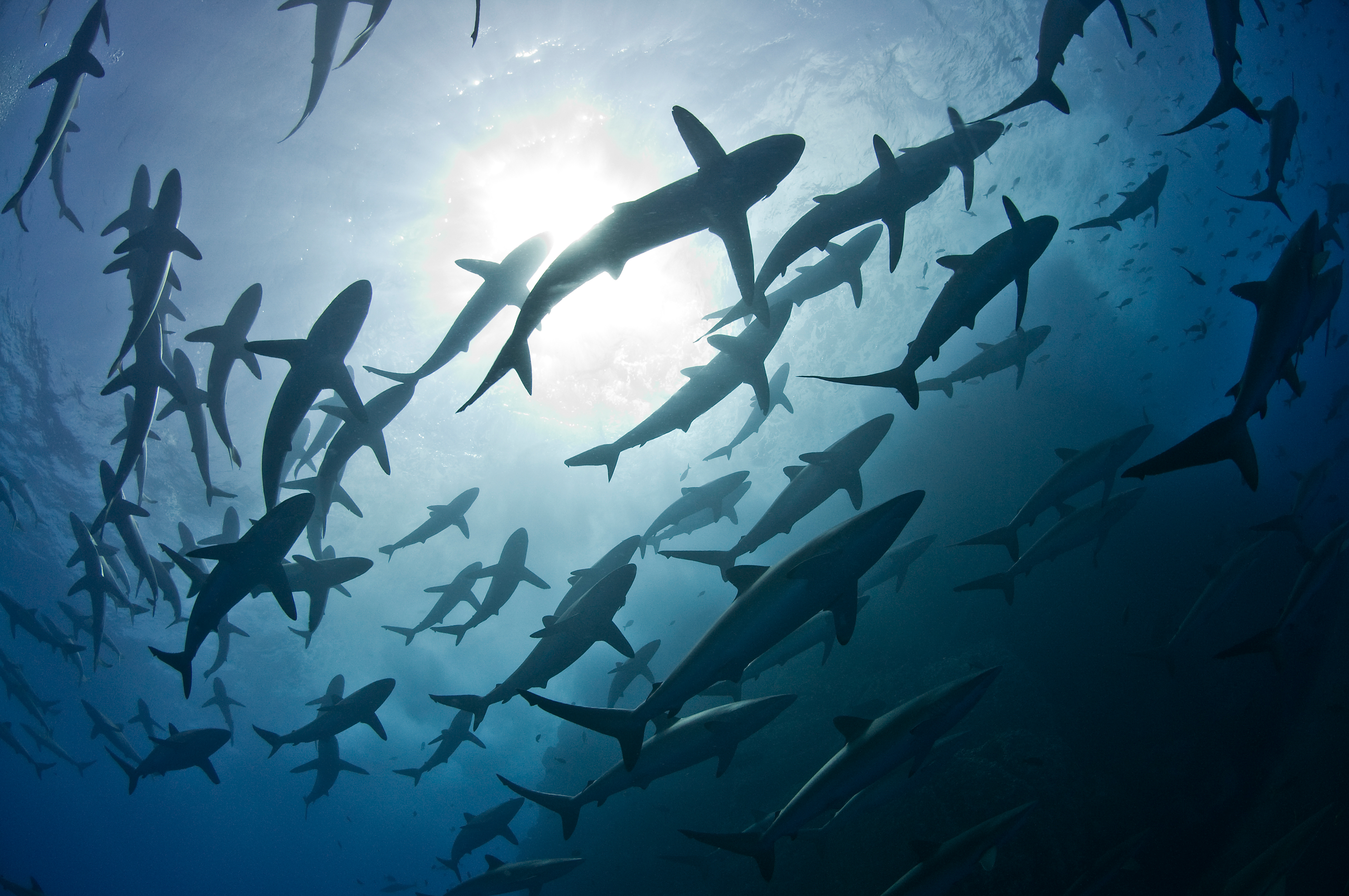
Sharks are often depicted as ruthless predators, thanks in part to movies like "Jaws" that have instilled fear in the public consciousness. While sharks are apex predators, essential for ocean health, they are not the mindless killers they are often portrayed to be. Most shark species are harmless to humans and prefer to avoid contact. In fact, humans pose a far greater threat to sharks due to overfishing and habitat destruction. By understanding their behavior and ecological role, we can appreciate sharks as vital components of marine ecosystems rather than fearsome monsters of the sea.
5. The Lazy Sloth
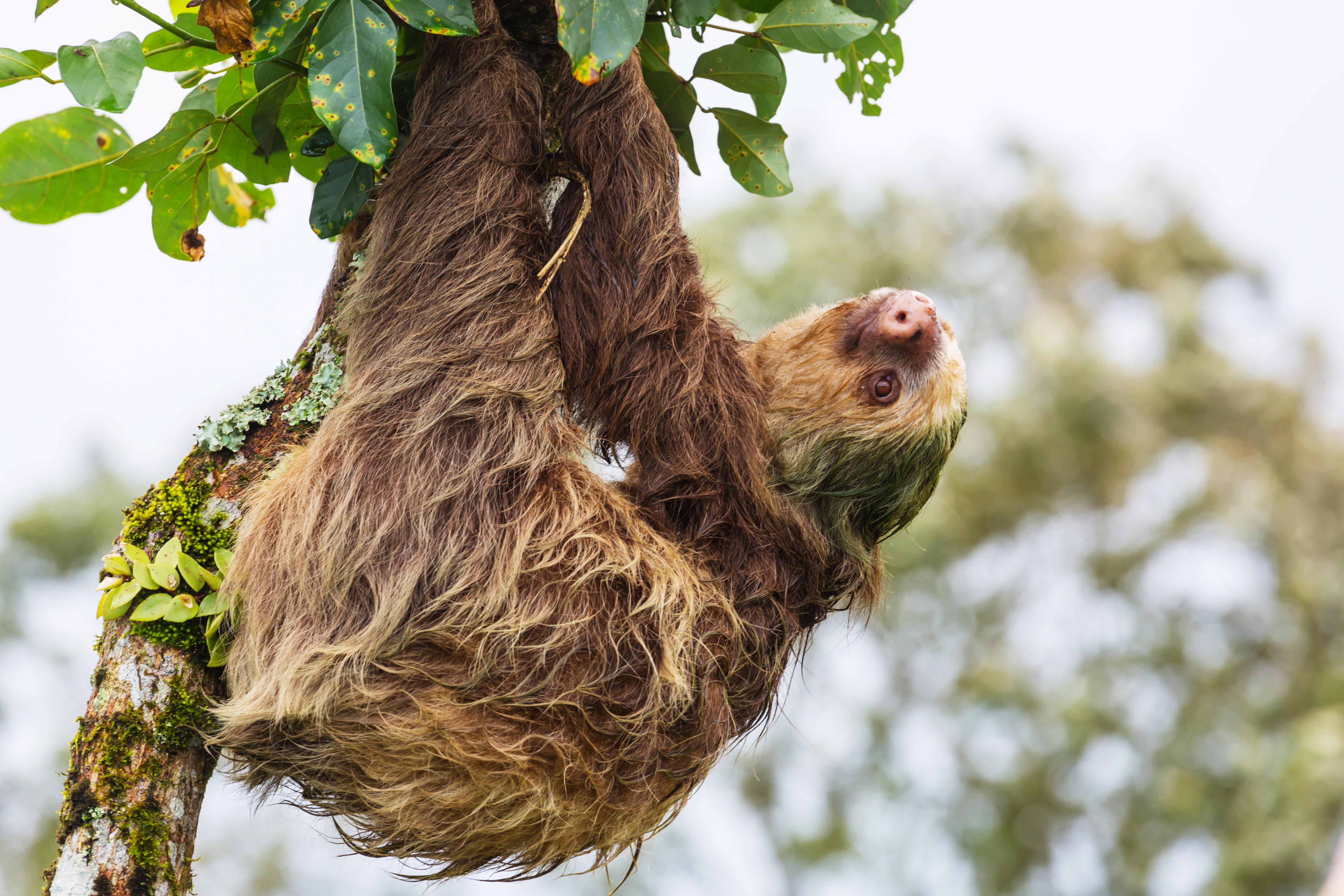
Sloths have garnered a reputation for being lazy due to their slow movements and prolonged periods of inactivity. This perception overlooks the sloth's unique adaptations to its environment. Their slow metabolism is a survival strategy, allowing them to conserve energy in their nutrient-poor habitat. Sloths are actually quite efficient, spending their time resting to digest their fibrous diet. Their leisurely pace is not a sign of laziness but an evolutionary tactic to avoid detection by predators. By viewing sloths through the lens of their ecological niche, we gain a deeper appreciation for their methodical lifestyle.
6. The Cunning Fox
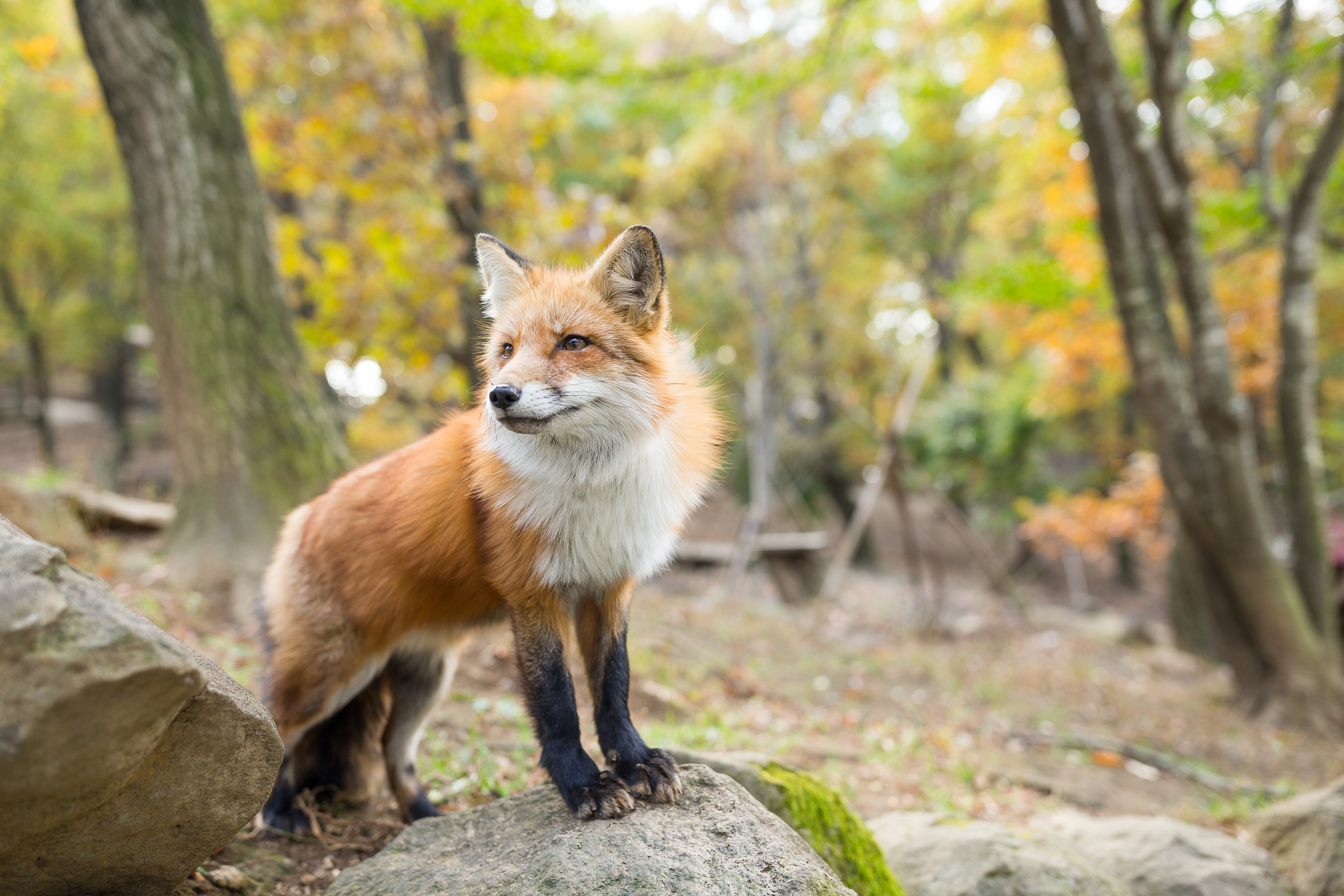
The fox is often depicted as cunning and sly, a characterization that dates back to ancient fables and literature. While foxes are indeed intelligent and adaptable, their reputation for deceit is more a reflection of human storytelling than animal behavior. Foxes are opportunistic feeders, using their keen senses and problem-solving skills to survive in diverse environments. Their ability to thrive in both urban and rural settings demonstrates their adaptability rather than cunning deceit. By examining the fox's true nature, we uncover a creature that is resourceful and resilient, rather than the trickster of folklore.
7. The Bloodthirsty Vampire Bat

Vampire bats have long been associated with horror and superstition, often depicted as bloodthirsty creatures that prey on the unsuspecting. In reality, vampire bats are small, social animals that feed primarily on livestock. Their feeding habits are more akin to a mosquito's bite than a vicious attack. These bats play a crucial role in their ecosystems by controlling insect populations and aiding in seed dispersal. Moreover, their anticoagulant saliva has medical applications, highlighting the importance of understanding their ecological contributions rather than succumbing to fear-based myths.
8. The Gentle Giant - Elephants
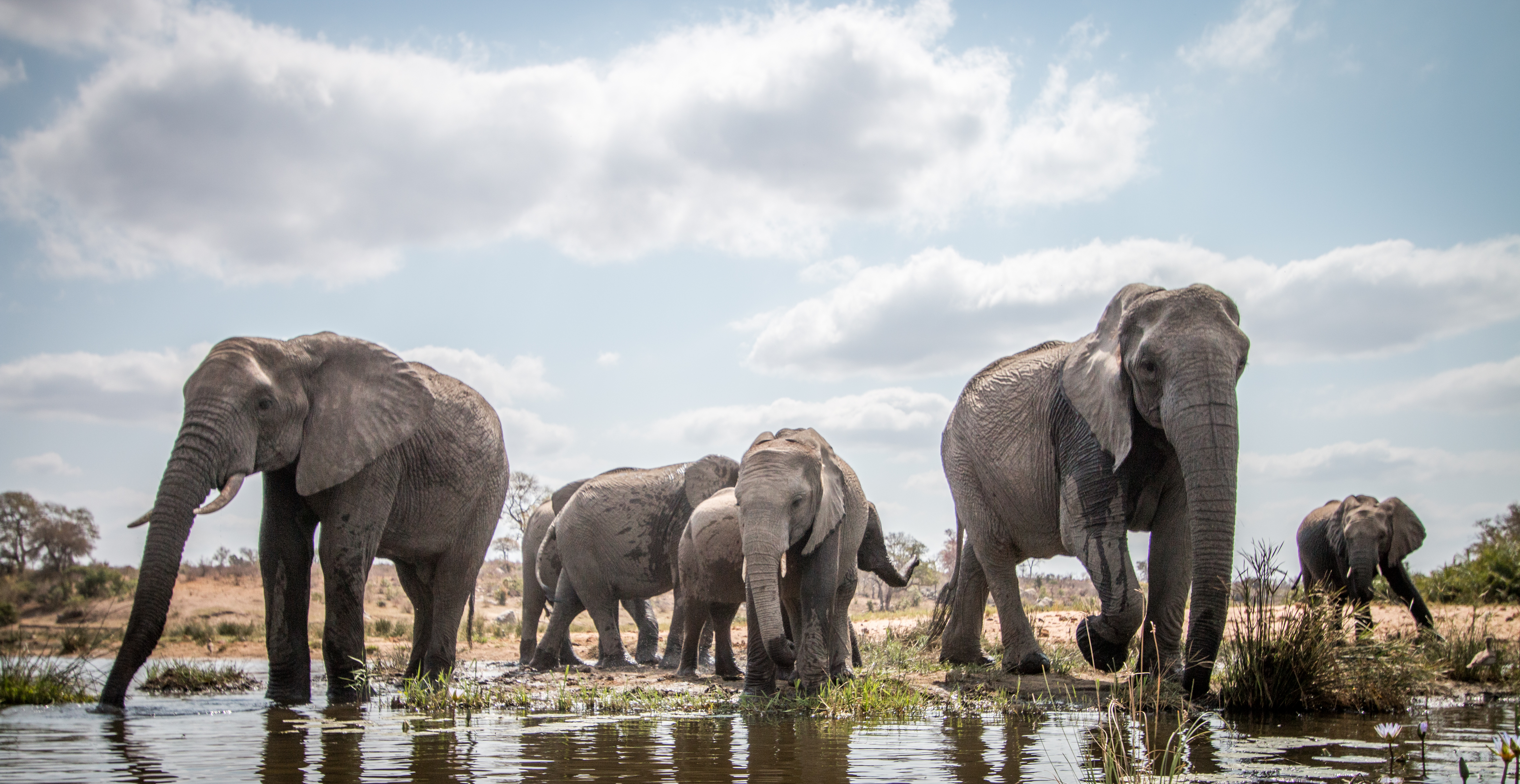
Elephants are often seen as gentle giants, revered in many cultures for their intelligence and social behavior. While they are indeed intelligent and capable of complex emotions, elephants can be aggressive, especially when threatened or provoked. Their size and strength make them formidable animals, and incidents of human-elephant conflict are not uncommon. Understanding the factors that lead to such conflicts, including habitat encroachment and resource competition, is crucial for coexistence. Acknowledging both the gentle and powerful aspects of elephants helps foster a balanced view that respects their role in the ecosystem.
9. The Solitary Tiger
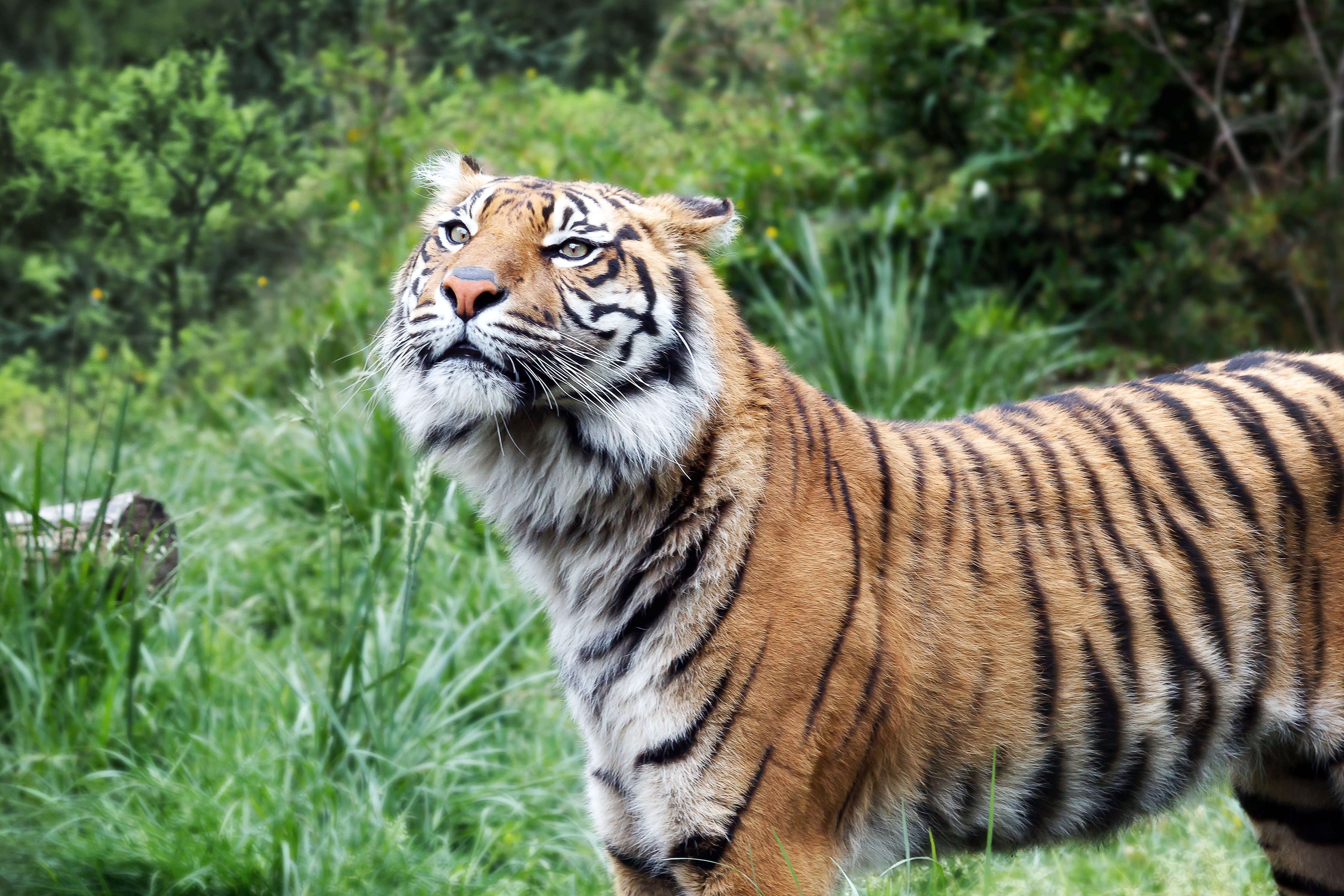
Tigers are often portrayed as solitary creatures, prowling the jungle alone. While tigers are indeed solitary hunters, this behavior is a result of necessity rather than preference. Their large territories and need for ample prey require them to live alone to avoid competition. However, tigers are also social animals, with mothers forming strong bonds with their cubs and engaging in playful interactions. The solitary image of the tiger overlooks the complexity of their social behaviors and the environmental factors that shape their lives. Understanding these dynamics enriches our perception of these majestic predators.
10. The Singing Whale
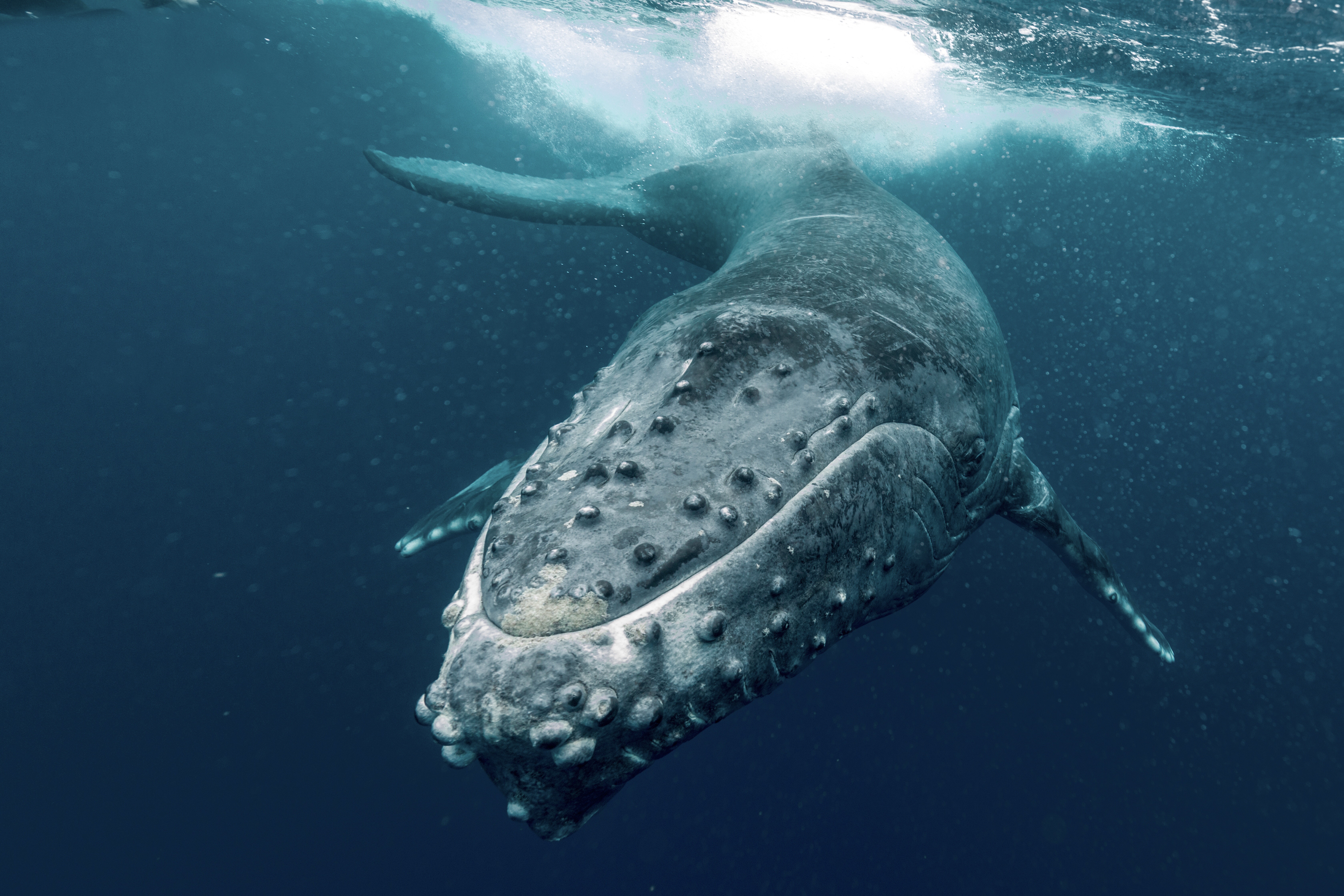
Whales are celebrated for their haunting songs, often perceived as expressions of emotion or communication across vast ocean distances. While whale songs do serve communicative purposes, they are primarily used for mating calls and navigation. The romanticized idea of whales singing for pleasure or artistic expression is more a human projection than a reflection of whale behavior. Scientific research into whale communication continues to uncover the complexities of their vocalizations, providing insights into their social structures and migration patterns. By appreciating the functional aspects of whale songs, we gain a deeper understanding of these magnificent marine mammals.
Embracing Reality
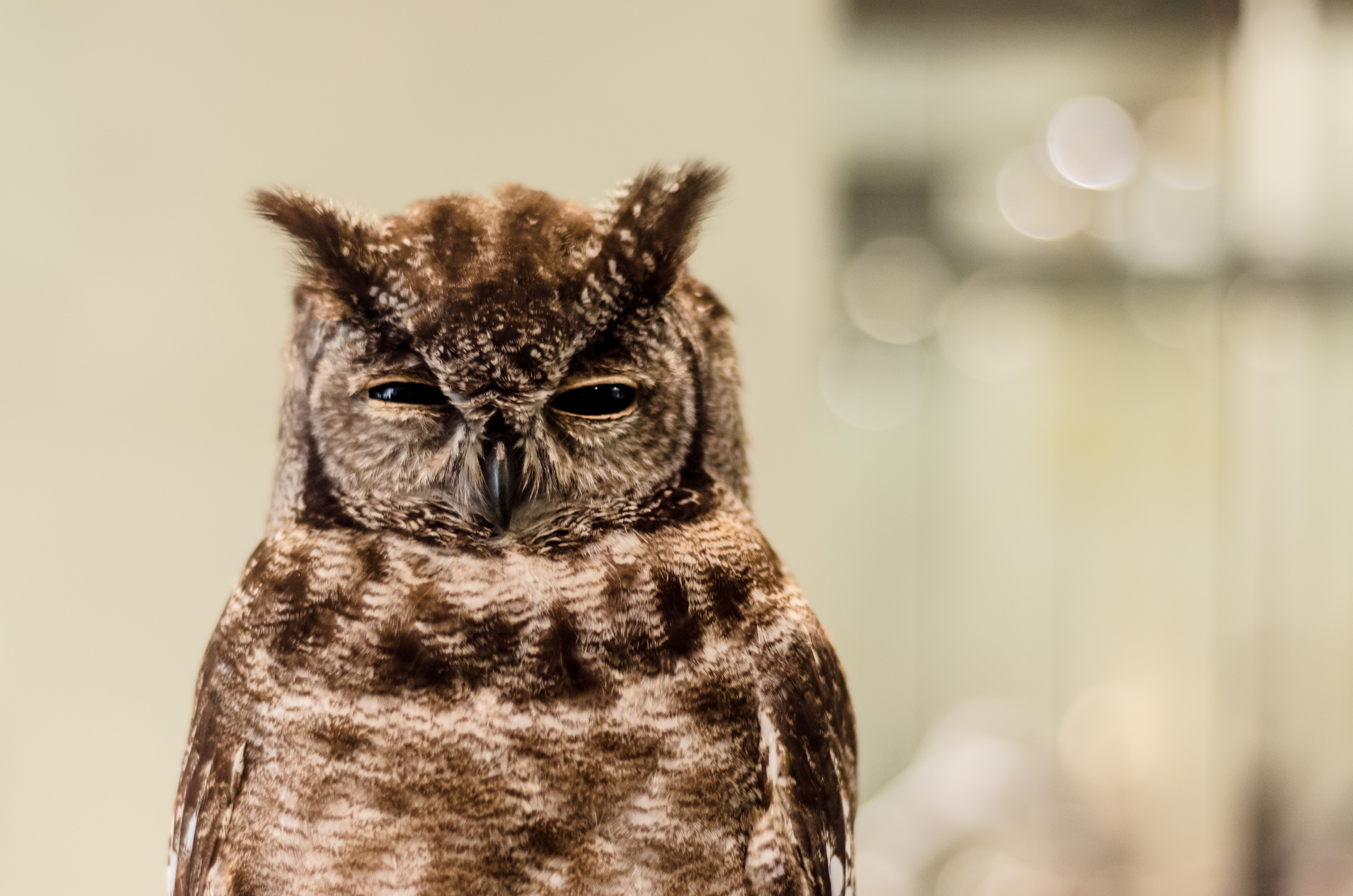
The myths and tales surrounding wildlife often stem from a combination of cultural narratives, misunderstandings, and a human tendency to anthropomorphize animal behavior. As we debunk these myths, we discover a reality that is equally, if not more, fascinating. By embracing scientific insights and respecting the true nature of wildlife, we can foster a greater appreciation for the diversity and complexity of the natural world. This understanding not only enriches our knowledge but also encourages conservation efforts, ensuring that these incredible creatures continue to thrive for generations to come.





